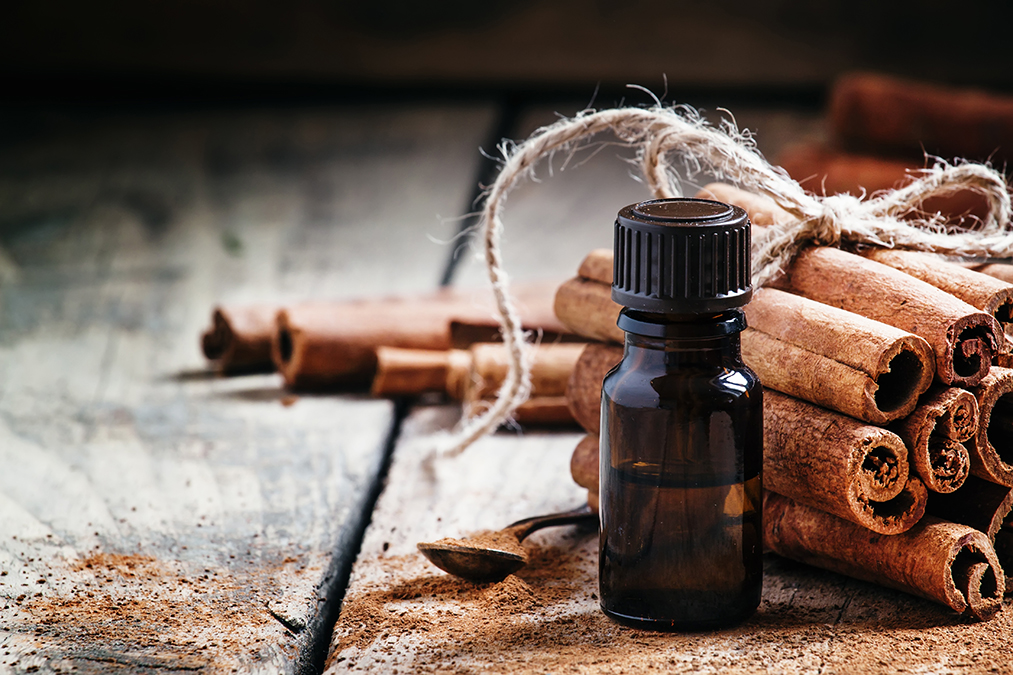 Fungal nail infections are one of the most stubborn conditions to treat.
Fungal nail infections are one of the most stubborn conditions to treat.
But what if a potential treatment was hiding in our kitchen cabinets?
A recent and as yet unpublished study available on the Authorea Preprints platform reveals a common spice, found in all kitchens, is more effective than even the strongest chemical treatments for nail fungus.
Fungal nail infections are particularly prevalent in individuals with compromised immune systems. Infections in this population are resistant to most of the usual treatments and can develop resistance to antifungals, making treatment even more challenging.
Up to 31% of HIV-positive patients experience fungal nail infections and a similar percentage of people who are otherwise immunocompromised are also suspected to struggle with them. Therefore, it is crucial to find new, effective treatments.
Now, cinnamon is not just a pancake spice. It has been used in traditional medicine for centuries, and its essential oil is recognized for its healing properties.
At the heart of these properties is a compound called cinnamaldehyde. In addition to giving cinnamon its distinct smell, cinnamaldehyde has been noted for its antibacterial and antifungal qualities.
This gave the authors of this new study their research idea. They wanted to know whether cinnamaldehyde could effectively fight off the yeast responsible for nail fungal infections in HIV/AIDS patients.
After collecting nail clippings from HIV/AIDS patients, they applied cinnamaldehyde to some, and cinnamaldehyde in combination with other antifungals to others. They then watched whether and how the fungi developed.
The results were promising:
-
1. Cinnamaldehyde was better than antifungals alone at preventing fungi from growing and spreading.
2. Cinnamaldehyde significantly reduced the ability of the Candida yeast, which often causes these infections, to stick to surfaces and form thick fungal layers called biofilms.
3. It worked well alongside other antifungal treatments, potentially boosting their effectiveness.
The fact that cinnamaldehyde can break down established yeast structures and prevent the formation of new structures is a big deal. Preventing thick biofilm layers from forming is even more advantageous, as these structures make nail fungus even more difficult to treat.
If you have cinnamon oil at home, try using that on your nails. Otherwise, cinnamaldehyde is available as a liquid at many health stores and online.

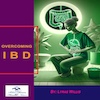 Overcoming IBD
Overcoming IBD Multiple Sclerosis
Multiple Sclerosis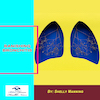 Banishing Bronchitis
Banishing Bronchitis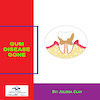 Gum Disease Gone
Gum Disease Gone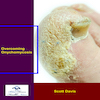 Overcoming Onychomycosis
Overcoming Onychomycosis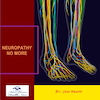 Neuropathy No More
Neuropathy No More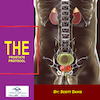 The Prostate Protocol
The Prostate Protocol Brain Booster
Brain Booster
 Ironbound
Ironbound
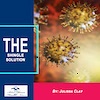 Solution for Shingles
Solution for Shingles
 The Bone Density Solution
The Bone Density Solution
 The Ultimate Healing Protocol
The Ultimate Healing Protocol
 The Parkinson's Protocol
The Parkinson's Protocol
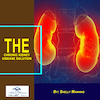 The Chronic Kidney Disease Solution
The Chronic Kidney Disease Solution
 Overthrowing Anxiety
Overthrowing Anxiety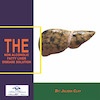 The Fatty Liver Solution
The Fatty Liver Solution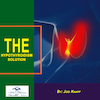 The Hypothyroidism Solution
The Hypothyroidism Solution
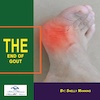 The End of Gout
The End of Gout The Blood Pressure Program
The Blood Pressure Program
 The Oxigized Cholesterol Strategy
The Oxigized Cholesterol Strategy
 Stop Snoring And Sleep Apnea Program
Stop Snoring And Sleep Apnea Program
 The Arthritis Strategy
The Arthritis Strategy The Vertigo & Dizziness Program
The Vertigo & Dizziness Program The 3-Step Diabetes Strategy
The 3-Step Diabetes Strategy Hemorrhoids Healing Protocol
Hemorrhoids Healing Protocol The Erectile Dysfunction Master
The Erectile Dysfunction Master Weight Loss Breeze
Weight Loss Breeze The IBS Program
The IBS Program The Insomnia Program
The Insomnia Program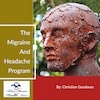 The Migraine and Headache Program
The Migraine and Headache Program The Neck Pain Solution
The Neck Pain Solution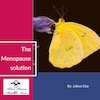 The Menopause Solution
The Menopause Solution The Ejaculation Master
The Ejaculation Master The TMJ Solution
The TMJ Solution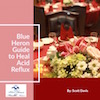 The Acid Reflux Solution
The Acid Reflux Solution The Fibromyalgia Solution
The Fibromyalgia Solution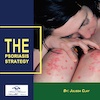 The Psoriasis Strategy
The Psoriasis Strategy